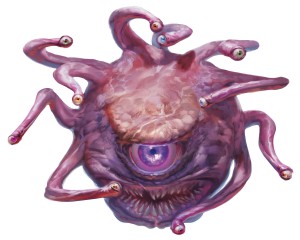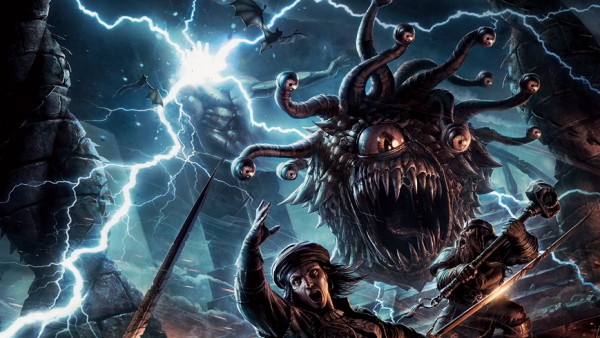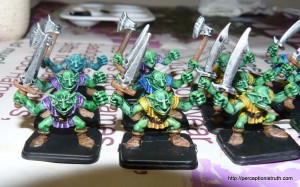I’m sure there are a hundred blog posts about playing evil characters in D&D games. I’ve read some. I just wanted to get my own theory down in writing.
Firstly, and most obviously, D&D is generally about playing heroes and heroines, and neither of those tend towards evil. Yes, some great heroes and heroines have been a touch vengeful, and some have done things you might consider rather naughty, but they tend to get redeemed at the end. If you’re starting out evil and your intent is to roleplay seeking redemption, congratulations, you’ve found the only time I’d be comfortable letting someone do it, and it won’t be easy.
Otherwise, I don’t think you should play evil characters in D&D. Some people disagree.
Apart from the issue of heroes and heroines though, I think the real problem for me is that people playing evil characters don’t actually mean evil, they mean chaotic, or troublesome, or selfish, or greedy. Those aren’t purely evil traits. There are plenty of good people in the world who are selfish. Plenty of greedy people who are inherently good. Plenty of people who cause chaos but don’t have a bad bone in their body. Yes, in the polarised D&D world most evil people tend towards being selfish and greedy, but they aren’t exclusive owners of those sins.
Evil people do evil things. Not mean things. Not naughty things. Not unpleasant things. Actual, evil things.
People who want to play evil characters should have to recount their childhood when they grew up killing the neighbouring villager’s pets. Or, how they betrayed their own brother and threw him down a well at the age of 7. Or you know, evil stuff.
Evil is the thing we should be fighting against. Evil is all the shit that’s wrong in this world and every fantasy world there has ever been. Evil is the great tyrant. There’s no space in heroic adventuring parties for people who are pretend-evil, and actual evil people wouldn’t last long enough to make it out of the tavern with their first job.



